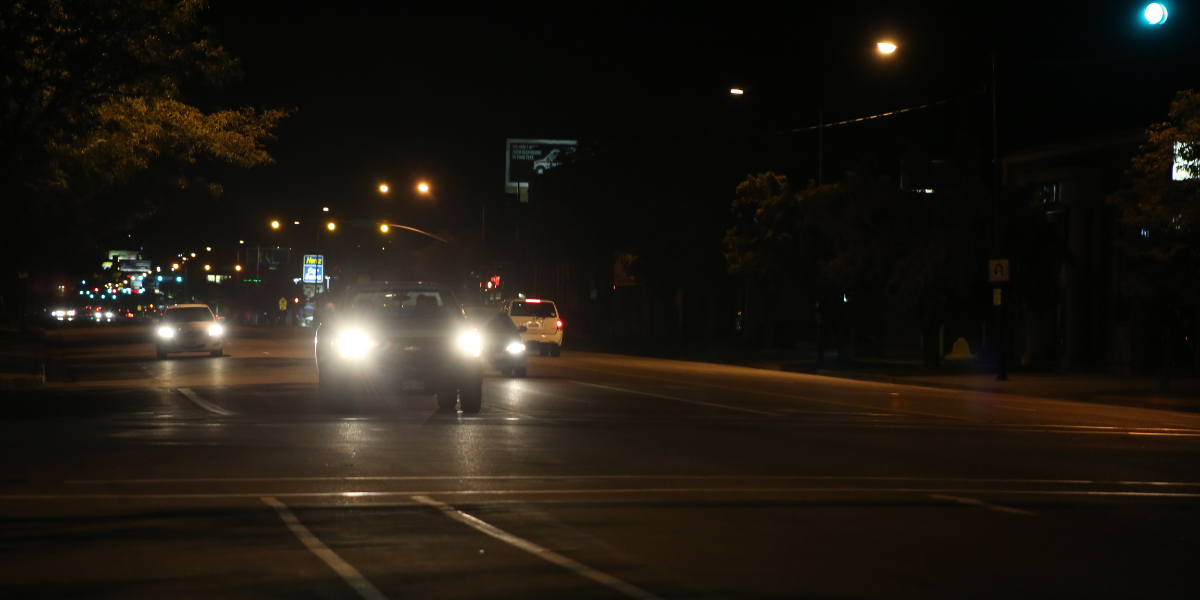Nighttime Driving Tips for New Teen Drivers
Driving at night presents a unique set of challenges, especially for new teen drivers. Reduced visibility, the glare of headlights from oncoming traffic, and the likelihood of encountering impaired drivers increase the risks significantly. Here are essential tips to help new teen drivers navigate the roads safely after dark.

Nighttime Driving Tips for New Teen Drivers
1. Enhance Visibility
-
- Use Your Headlights Wisely: Headlights should be turned on at least an hour before sunset. Not only does this help you see the road better, but it also makes you more visible to other drivers.
- Keep Windows and Mirrors Clean: Visibility is crucial at night. Ensure that your car’s windows and mirrors are clean to prevent glare and allow maximum visibility.
2. Adjust to the Darkness
-
- Allow Your Eyes to Adapt: It takes several minutes for your eyes to adjust to the darkness after being in a well-lit area. Spend a few minutes in your car before starting your journey to let your eyes adjust.
- Dim Your Dashboard Lights: Bright dashboard lights can impair your forward vision. Dim them so they don’t distract or hinder your ability to see the road.
3. Drive Defensively
-
- Maintain a Safe Speed: Speed limits are designed for ideal conditions. At night, reduce your speed to account for limited visibility and potential hazards.
- Increase Following Distance: It’s harder to judge other vehicle’s speeds and distances at night. Increasing your following distance gives you more time to react.
4. Be Wary of Fatigue
-
- Don’t Drive Tired: Drowsiness impairs your reaction time, decision-making ability, and attention. Avoid driving at times when you would normally be asleep, and take breaks if you feel tired.
- Watch for Pedestrians and Bikers: Pedestrians and bikers are harder to see at night. Be extra cautious when driving through residential areas and near bars and restaurants.
5. Handle Glare Effectively
-
- Avoid Looking Directly at Oncoming Lights: Don’t stare into the headlights of oncoming traffic. Instead, focus on the right edge of your lane to help maintain your line of sight without being blinded by glare.
- Use Your High Beams When Appropriate: High beams can improve visibility significantly but remember to switch to low beams when another vehicle approaches to avoid blinding the other driver.
6. Prepare for Emergencies
-
- Have an Emergency Kit: Your kit should include items such as a flashlight, batteries, a first-aid kit, water, and blankets.
- Ensure Your Vehicle is Well-Maintained: Check that your headlights are working and aligned, tires are in good condition, and all fluids are at appropriate levels.
7. Use Technology Wisely
-
- GPS and Navigation Apps: Use GPS and navigation apps to plan your route before you start driving. This minimizes the need to make sudden lane changes or direction adjustments that can be more dangerous at night.
Nighttime Driving Tips for New Teen Drivers

Nighttime Driving Tips for New Teen Drivers
Nighttime driving requires extra vigilance and caution, particularly for new teen drivers. By following these tips, teens can make their nighttime driving experiences safer and more comfortable. Remember, the key to safe driving lies not just in following these tips but also in gaining experience. The more you drive under supervised conditions at night, the better you’ll become at handling these challenges independently.
Drive with Confidence!
Keep up with all the latest driving news. Expolre our blog packed with essential tips and expert advice on all things related to DRIVING!




